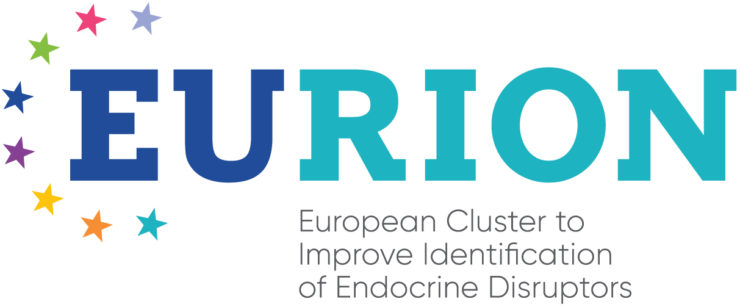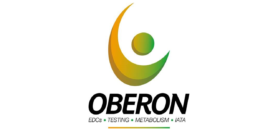
GOLIATH is part of the EURION Cluster: European Cluster to Improve Identification of Endocrine Disruptors. EURION consists of eight research projects all focussing on novel testing strategies in endocrine disruption on different endpoints. The objective of EURION is to optimise synergies and avoid overlaps between the projects.
A multistage model of thyroid gland function for screening endocrine-disrupting chemicals in a biologically sex-specific manner
SCREENED aims to develop three-dimensional (3D) cell-based in vitro tests to better characterize the effects of endocrine disruptors on thyroid functions. This method will overcome the limitations of existing tests, being more sensitive, also at low doses of exposure to chemicals, and enabling the prediction of their toxicity on human health in a sex-specific manner.
Female Reproductive toxicity of EDCs: a human evidence-based screening and Identification Approach
The main objective of this project is to provide dedicated, human-relevant, test methods to identify EDCs that cause female reproductive toxicity. By expanding our scientific knowledge, the FREIA project will provide better information on EDC-related female reproductive health effects that will be used to promote female reproductive health for women around the world.
An integrative strategy of testing systems for identification of EDs related to metabolic disorders
The vision of OBERON is to contribute to the improvement of current tiered approaches by building an integrated testing strategy (ITS) to detect endocrine disruptors (EDs) related metabolic disorders by developing, improving and validating a battery of test systems. To increase our understanding of the biological complexity and predict the effects of chemical substances on human health, OBERON will be based on the concept of an integrated approach for testing and assessment (IATA).
Breaking down the wall between human health and environmental testing of endocrine disrupters: EndocRine Guideline Optimisation
ERGO aims to improve hazard assessment of EDCs for the protection of human health and the environment by breaking down the wall that currently exists between the different research fields that investigate adverse effects of EDCs in different vertebrate classes, from fish and amphibians (non-mammalian vertebrates) to humans (mammalian vertebrates) by demonstrating that it is feasible to extrapolate effects of EDCs across the vertebrate classes, i.e. an adverse effect observed in a fish or amphibian will also raise concern for an adverse effect in humans.
Novel Testing Strategies for Endocrine Disruptors in the Context of Developmental NeuroToxicity
ENDpoNTs aims to develop novel testing and screening tools to address ED-induced developmental neurotoxicity, based on new scientific knowledge by combining state-of-the-art in silico and in vitro tools, innovative experimental designs and technologies, and advanced biostatistics on human epidemiological and biomonitoring data.
Metabolic effects of Endocrine Disrupting Chemicals: novel testing METhods and adverse outcome pathways
EDCmet focusses on developing novel test methods and models to assess the metabolic effects of EDs. Combined in silico methods, in vitro and in vivo methods are developed with an emphasis on liver and adipose tissue and endocrine pathways related to their metabolism. In addition, epidemiological and field monitoring data is used to gain information regarding the exposure to chemicals and ED-related metabolic effects.
Assays for the identification of Thyroid Hormone axis-disrupting chemicals: Elaborating Novel Assessment strategies
The ATHENA consortium aims to mobilise the scientific progress made in recent years to close critical gaps left open in test methods for thyroid hormone axis disrupting-chemicals. We will develop new methods for incorporation into existing OECD test guidelines that can capture the consequences of maternal thyroid hormone deficiency on the developing brain, due to disruption of delivery of thyroid hormones to the foetus.







